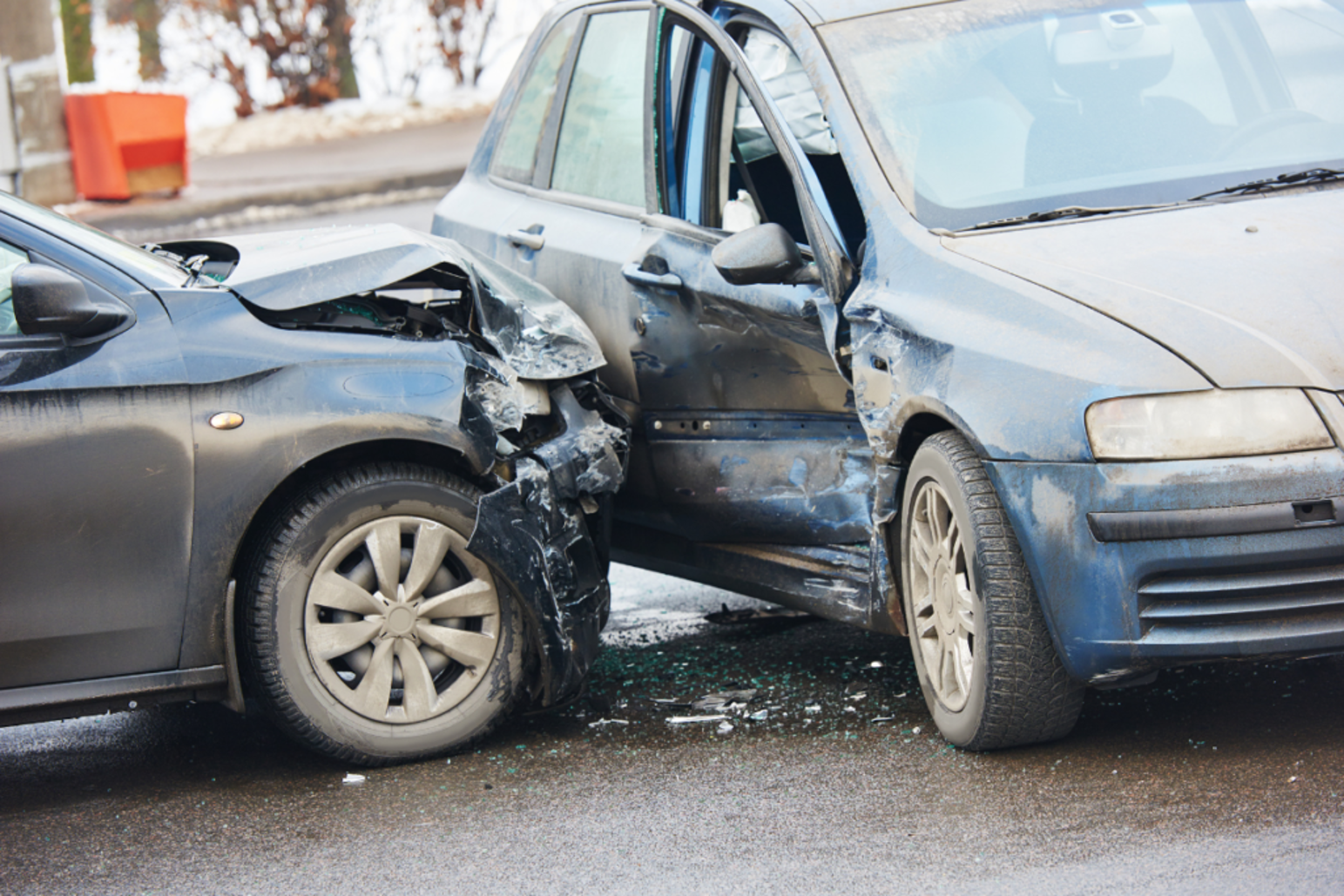
Most car accidents are caused by human error, such as speeding, distracted driving, or drunk driving. However, there’s another factor that can contribute to accidents: road defects.
As you know, road defects are imperfections or irregularities in the road surface that can pose a risk to drivers. Injuries, damaged properties, and loss of life are possible consequences after a road defect accident.
It would help a lot to fully understand what these road defects are. This would increase your knowledge and ability to avoid them and reduce your chances of becoming an accident victim.
Potholes
Potholes are those annoying holes in the road that you sometimes hit without warning. You might just think of them as a nuisance, but potholes can actually be dangerous. If you hit a pothole at high speed, it can cause your tire to burst, damage your car’s wheels, or even mess up your steering. Worst of all, hitting a big pothole could make you lose control of your car.
Potholes form when water gets into the cracks in the road and then freeze and expand. Over time, cars driving over those cracks make the hole even bigger.
If you swerve to avoid a pothole, you could end up crashing into another car. Or, if you hit the pothole hard enough, it could make you stop suddenly, which might cause the car behind you to hit your vehicle.
Lack of Guardrails
Guardrails are those metal barriers you see along the sides of highways and steep roads. They’re there for a reason, and that is to stop your car from going off the road if something goes wrong.
If a road doesn’t have guardrails and you lose control, maybe because of rain, ice, or even a sharp curve, there’s nothing stopping your car from running off the road and into a ditch or something worse.
The lack of guardrails can make a bad situation even worse, especially in dangerous areas like bridges or high-speed roads. And if the guardrails are old or broken, they might not even help you in an accident.
Debris
Debris can come from anywhere. Maybe it’s construction materials that weren’t properly secured, or maybe it’s litter that’s been scattered by the wind.
The problem is, when you’re driving and suddenly see debris, you have to react quickly. Swerving to avoid it might cause you to hit another car, or you might run straight into the debris and damage your car.
A lot of times, debris shows up out of nowhere, and you don’t have much time to react. The best thing you can do is keep your distance from the car in front of you and stay alert, especially on highways.
Inadequate Lighting
Driving at night can already be hard to do, but if the streetlights are too dim, or not even there at all, it gets much more dangerous. Inadequate lighting means you can’t see what’s ahead until it’s too late.
There could be a pedestrian crossing the road or an obstacle in your lane; poor lighting makes it harder to spot them.
Bad lighting is even worse in harsh weather. Imagine driving on a dark road during a rainstorm. Your visibility is already bad because of the rain, and without good lighting, you could miss something important and end up in an accident.
Also, it’s harder to see signs or signals when there isn’t enough light, which means you could miss a stop sign or a warning about a sharp turn.
Inadequate Signage
Signs are there to help you navigate the roads. Things like speed limits, stop signs, and warning signs are all there to make sure you know what’s coming.
But then, if those signs are missing, too small, or faded, it could lead to confusion, and that confusion can cause accidents.
For example, if there’s no sign warning you about a sharp curve, you might take it too fast and lose control. Or if a stop sign is hidden behind a tree, you could miss it completely and end up in a collision.
Speed limit signs are important as well. If you don’t know the speed limit, you might end up going too fast or too slow, and this is the type of thing that can put you and others in danger.





